- Overview
- MASLD and MASH
- Tests & Diagnosis
- Treatment and Prevention
- Complications
- Appointment Prep
- View Full Guide
Visual Guide to Cirrhosis


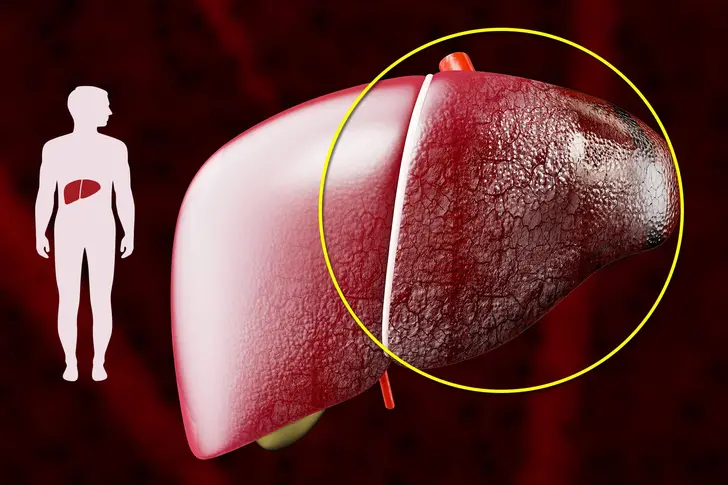
What Does Cirrhosis Do?
Cirrhosis is a form of severe liver disease and happens because of multiple causes. It causes scarring that slowly replaces healthy tissue. Eventually, this blocks blood flow and makes it harder for your liver to do its job. It won't be able to filter toxins and help break down nutrients and medications. And the organ won't make proteins and other substances fast enough to meet your body's needs. Over the long term, it can shut down your liver.

Symptoms
You may not notice any problems at first. As your cirrhosis gets worse, you might start to feel more tired and less hungry. Your skin may start to itch, look more yellow, and bruise more easily. Your pee may darken, and your belly and legs might swell from extra fluid. Some people get nauseated and foggy-brained and start to forget things.

Cause: Alcohol Addiction
Drinking too much can make your liver swell and hold on to more fat. This could lead to cirrhosis. It typically happens if you drink more than one or two drinks every day, sometimes for years. The amount of alcohol that causes liver damage differs for each person -- there is no amount of alcohol that is "safe" to drink. Talk to your doctor if your drinking interferes with your work or home life.

Cause: Nonalcoholic Fatty Liver Disease
This is now called metabolic dysfunction-associated steatotic liver disease (MASLD). It's when something other than alcohol causes fat buildup in your liver. Your risk is higher if you're overweight or have diabetes, high cholesterol, or high blood pressure. When it starts to damage your liver, it's called metabolic dysfunction-associated steatohepatitis (MASH). Untreated, it can lead to cirrhosis. Symptoms include weight loss, tiredness, weakness, spider veins, or itchy skin.
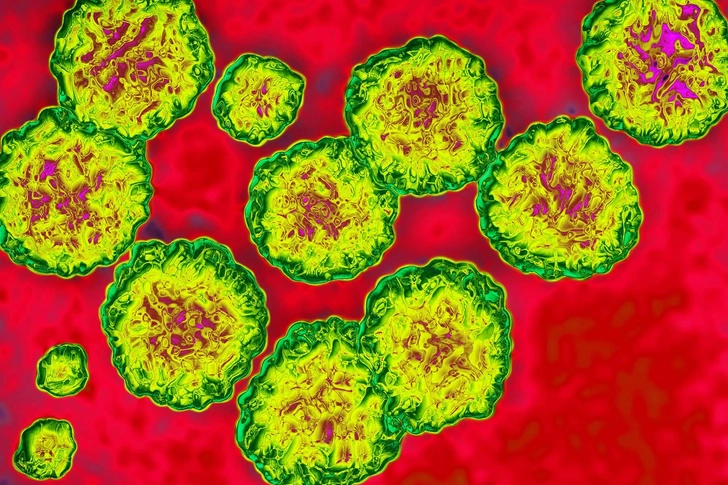
Cause: Hepatitis C
If you have this disease for six months or more, it's called "chronic" and can lead to cirrhosis. The hepatitis C virus is one of the most common causes of cirrhosis. Others include autoimmune disease, medication, bacteria, and other viruses. It's commonly spread when you come into contact with infected blood through:
- Unsafe injection practices in a healthcare setting, such as unsanitary syringes or fingerstick products
- Sharing needles when using recreational drugs
- Getting a tattoo or piercing with unsterile equipment
- Sharing personal items with an infected person
- Having unprotected sex with an infected person
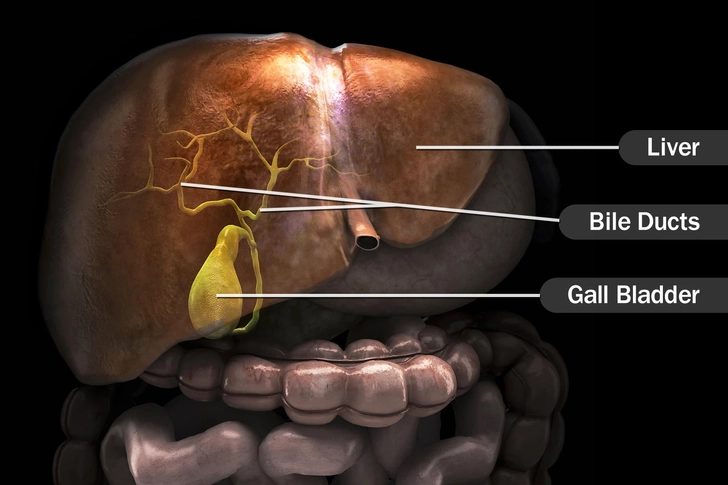
Cause: Bile Duct Problems
Small tubes called ducts normally carry bile -- a liquid that helps digestion -- from your liver to your gallbladder. A number of conditions can narrow or block these tubes, which causes a backup of fluid that can inflame and damage your liver. How you treat it depends on the cause, but your doctor can usually clear your ducts with medication or minor procedures.

Cause: Medication
Drugs like methotrexate for arthritis and isoniazid for tuberculosis can hurt your liver and lead to cirrhosis. Certain antibiotics, statins for high cholesterol, and acetaminophen may also be hard on your liver. Your genes, health, diet, and other medicine you take may make a difference, too. Tell your doctor about all your medications and let them know if new drugs seem to make you tired, nauseated, itchy, or otherwise unwell.
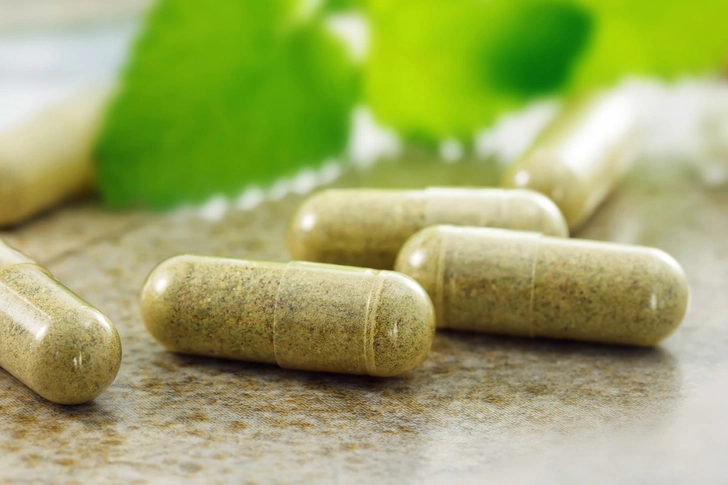
Cause: Supplements
Herbs like borage, comfrey, gromwell, and coltsfoot have pyrrolizidine alkaloids that can gum up tiny blood vessels in your liver, either over time or all at once if you take a lot. Others, like Atractylis gummifera, Camellia sinensis, celandine, chaparral, germander, and pennyroyal oil (used in tea), can also cause problems. Over time, this damage could lead to cirrhosis. Tell your doctor about any supplements you take.

Causes: Clots, Genetics, and More
Any condition that scars the liver can cause cirrhosis. Clots can block the flow of blood to the organ or inside it. Your immune system could mistakenly attack and inflame it. Your genes could make it harder for your liver to break down certain nutrients like iron or copper. Or you might inherit conditions that add fat or scarring for no apparent reason. Other conditions which may lead to cirrhosis include autoimmune hepatitis, hemochromatosis, hepatitis B, and heart failure.
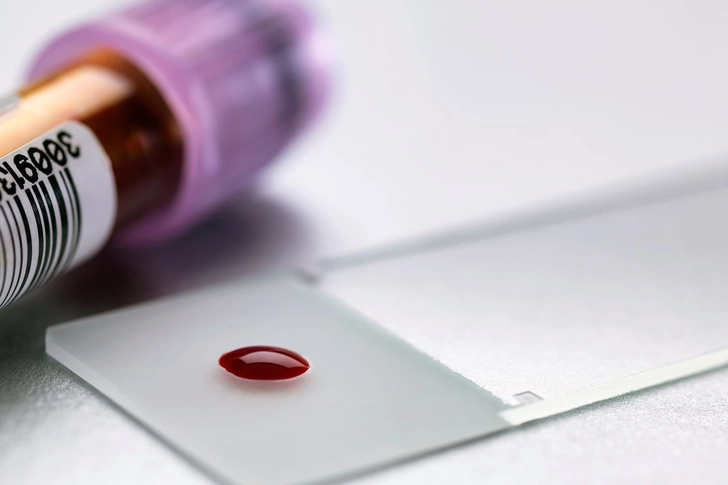
Diagnosis
Your doctor will do a physical exam. Tell them about your symptoms and if you have a history of drinking too much alcohol. Blood tests that check how well your liver is working, along with an ultrasound, X-ray, or MRI, can help confirm that you have cirrhosis. In some cases, your doctor might remove a small piece of your liver to look at under a microscope, a procedure called a biopsy.

Treatment
There's no cure for the scarring already on your liver, but your doctor can sometimes stop or slow it down by treating the condition that causes your cirrhosis. If you have alcohol addiction, find out about therapy to help you quit. Weight loss can help for a fatty liver. Drugs can treat infections, bile duct problems, or autoimmune disorders. Work with your doctor to figure out what's causing your cirrhosis and how best to treat it.
IMAGES PROVIDED BY:
1) (Left to right) kowalska-art / Getty Images, tussik13 / Getty Images
2) ViktorCap / Getty Images
3) E+ / Getty Images
4) Dr_Microbe / Thinkstock
5) James Cavallini / Science Source
6) Science Picture Co / Science Source
7) EHStock / Getty Images
8) Melpomenem / Getty Images
9) SCIEPRO / Science Source
10) TEK IMAGE / Science Source
11) XiXinXing / Thinkstock
SOURCES:
American Addiction Centers: "Stages of Alcoholism: Early, Chronic and End Stage."
American College of Gastroenterology: "Medications and the Liver."
American Liver Foundation: "Non-Alcoholic Fatty Liver Disease," "Cirrhosis of the Liver."
Arthritis Foundation: "Medications and the Liver."
CDC: "Hepatitis C Questions and Answers for the Public," "Viral Hepatitis Exposure Risk Among Health Care Providers."
Cleveland Clinic: "Cirrhosis of the Liver," "Hepatitis C."
Johns Hopkins Medicine: "5 Ways to Be Kind to Your Liver," "Nonalcoholic Fatty Liver Disease," "Liver: Anatomy and Functions."
Mayo Clinic: "Drugs and Supplements: Isoniazid (Oral Route, Intramuscular Route)," "Nonalcoholic fatty liver disease," "Cirrhosis."
Merck Manual: "Fibrosis of the Liver," "Liver Injury Caused by Drugs," "Cirrhosis of the Liver," "Overview of Chronic Hepatitis."
Nemours Foundation: "Your Liver."
National Institute of Diabetes and Digestive and Kidney Diseases: "Primary Sclerosing Cholangitis," "Your Digestive System & How it Works," "Primary Biliary Cholangitis (Primary Biliary Cirrhosis)," "Cirrhosis."
World Health Organization: "No level of alcohol consumption is safe for our health," "Hepatitis C."
World Journal of Hepatology: "Alcoholic liver disease."
National Health Service: "The Risks of Drinking Too Much."